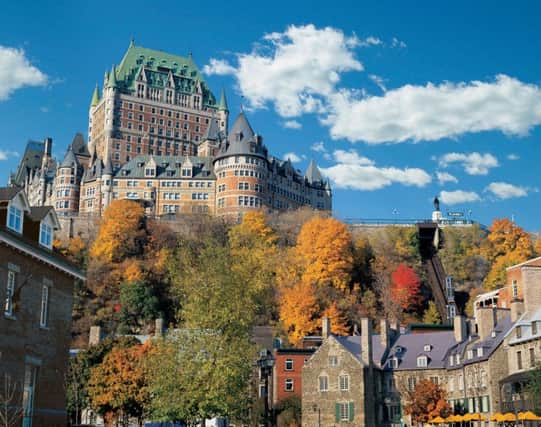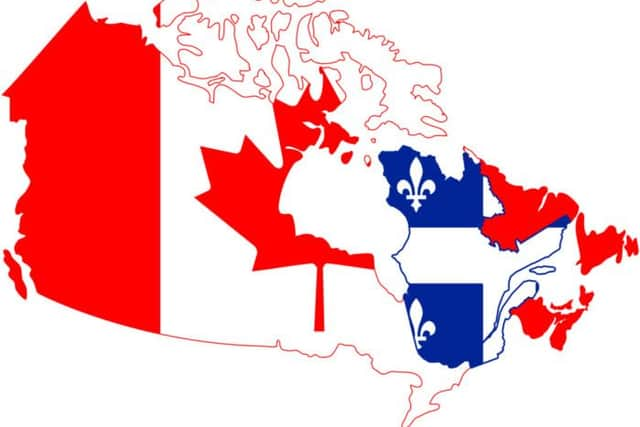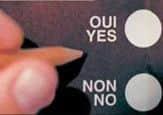Scotland and Quebec compared: history | culture | economy


Last year saw the prospect of an independence referendum thwarted in Quebec, after the ruling Parti Québécois was ousted from power by the Liberal Party. While Scotland’s dalliance with disunity ran a much-closer result, both countries have been left with minority support for independence.
POPULATION
With the Québécois making up 8.2 million people out of Canada’s estimated population of 35,749,600, the french-speaking province‘s population outnumbers that of Scotland, which has approximately 5.2 million residents.


HISTORY
Advertisement
Hide AdAdvertisement
Hide AdThe Acts of Union by both England and Scotland in 1706 and 1707 directly led to the creation of the United Kingdom. Quebec’s status as a federalised state within Canada was assured in 1864 along with Nova Scotia, New Brunswick and Ontario, after much political bargaining between the Canadians, the British and the French. After the Canadian Confederation was achieved, calls for sovereignty within the region gradually increased throughout the 20th century with the independence of French colonies such as Senegal, Cameroon and Algeria. The largest secessionist political movement is the Parti Québécois (PQ), and it was this party which called the country’s first referendum in 1980. With a voter turnout of 85.6 per cent, 59.56 per cent of the population decided against the motion for Québec to govern itself.
Despite fifteen years of political campaigning, an incredibly slim margin of just under 1 per cent was gained by the federalists in the 1995 Quebec referendum, who triumphed again with 50.58 per cent of the popular vote. This particular political event saw the highest voter turnout in the state’s history, with just over 93 per cent of registered voters participating in the question asked by then-premier of Quebec, Jacques Parizeau.
While calls for separatism have largely waned in 21st-century Quebec, Scottish nationalism has become a potent force since devolution was granted in 1999. Underpinning the work of the leading Scottish National Party, calls for another Scottish independence referendum have led to a series of devolved regional powers being considered and implemented by Westminster and Holyrood alike since September 2014.


CULTURE
Quebec’s history as the most significant outpost of French culture in North America means that many French-speaking natives of former colonies in Africa and the Caribbean have made their way there over the last 200 years. The region is known for its unique mix of European and North American cultures, with favourable immigration policies for North Africans once designed to help preserve the Québécois identity leading to allegations of racism in the public sector. Between 2009 and 2013, for example, 21 per cent of immigrants to Quebec came from North African nations Algeria and Morocco.
Quebec’s official language is French, with approximately 95 per cent of Quebecois citizens speaking the language. This contrasts sharply with Scotland, where recent figures have shown that 87,503 people in Scotland have some Gaelic skills - down 5,300 on the figure recorded 10 years earlier.
Like the French-speaking region, Scotland shares a common interest in winter sports such as skiiing or snowboarding. Both states have a good gay rights record, with Quebec offering a civil union system since 2002 and Scotland adopting same-sex marriage in December 2014.
ECONOMY
As the energy sector continues to be a large fundraiser for the Scottish economy, Quebec has not reaped the rewards of lucrative natural resources such as gas and oil to the same extent as the rest of Canada. However, the province is Canada’s leading provider of hydro-electric energy. The region’s economy is a post-industrial one which specialises in aerospace machinery and component manufacture, finance and information technology.
In 2012, Quebec’s Gross National Product per capita totalled an estimated $44,200 US dollars. In the same period, Scotland’s GNP amounted to $39,642 when Scottish reserves of North Sea oil were added into the equation.
Advertisement
Hide AdAdvertisement
Hide AdWith separatism in Canada a quieter force on the world stage in 2015, the prospect of Scottish independence continues to dominate political headlines and discussions. Thanks to each state’s role in a larger sociopolitical nation - and with issues regarding economic assets all tied up in the balance - the topic of separatism is unlikely to disappear from either country’s political horizons.